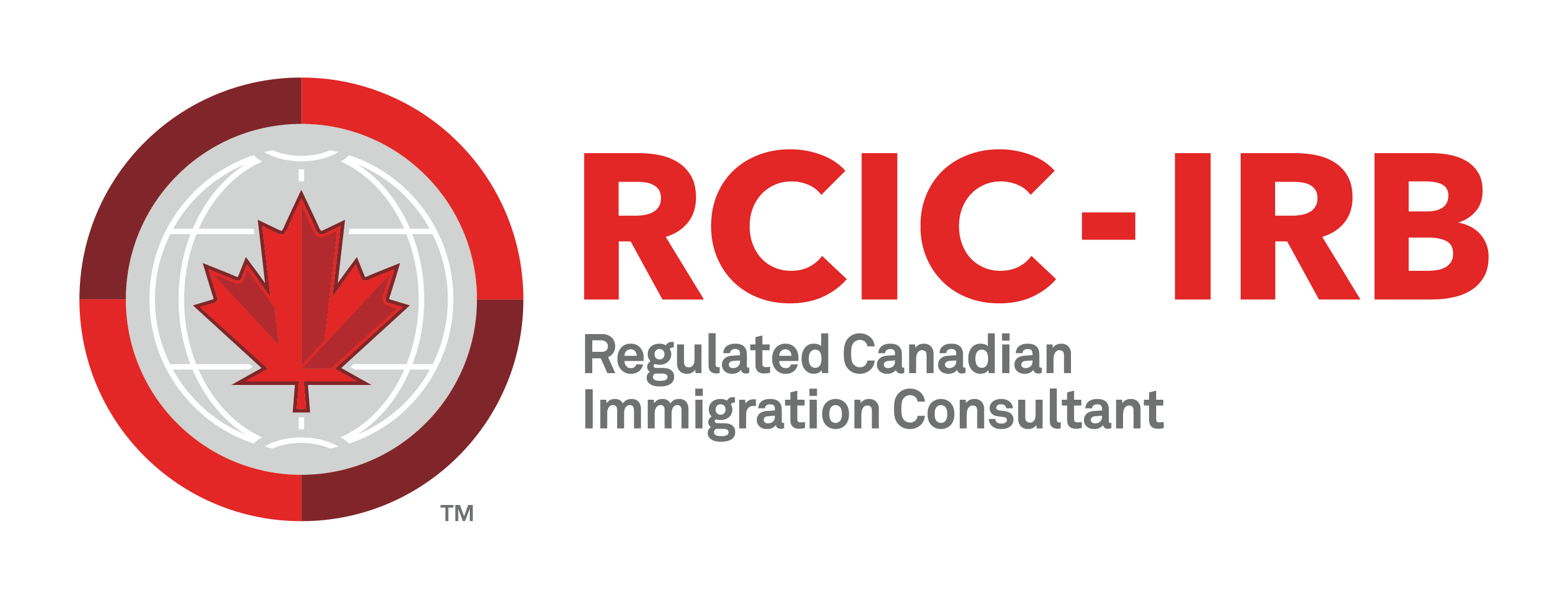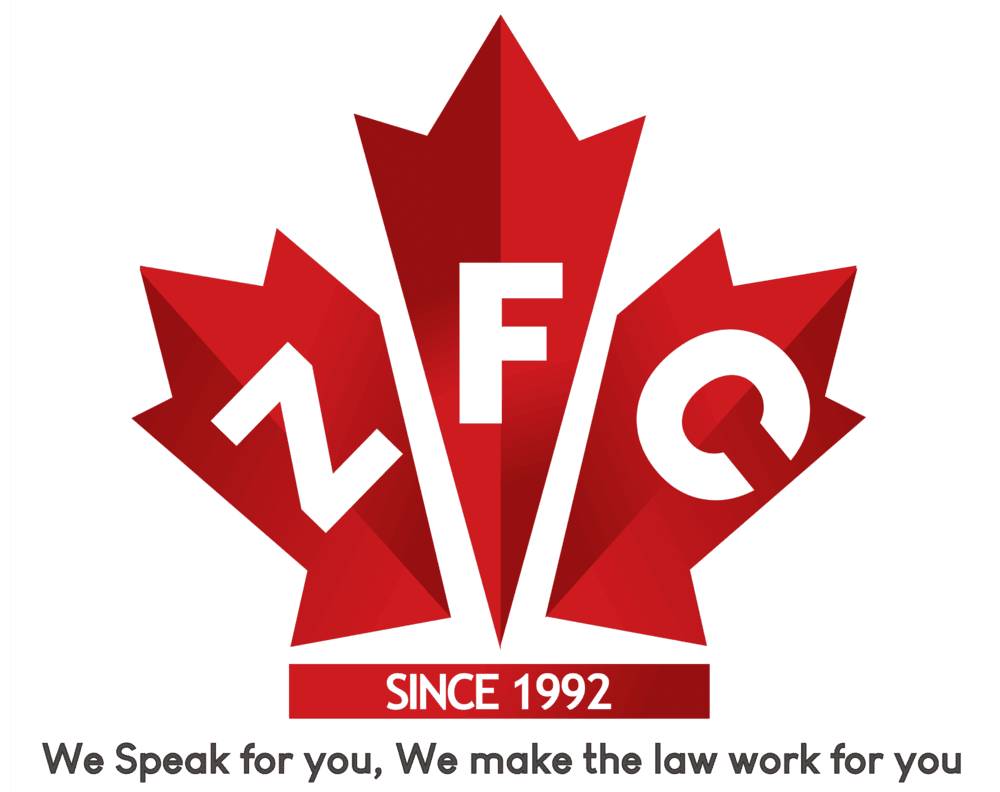Express Entry’s STEM category looks drastically different than it did two months ago, with 19 occupations having been removed and six having been added.
Many foreign nationals no longer qualify for the STEM category, while other foreign nationals have only recently become eligible.
Check your eligibility for all category-based draws
Qualifying for a category-based draw can make the difference between getting Canadian permanent residency (PR), or never being invited to apply for PR.
This article will cover
- Which occupations are eligible under the updated STEM category; and
- How to find out if you’re eligible.
Occupations listed under the updated STEM category in 2025
Following the changes in February 2025, the STEM category has 11 occupations in total.
You can find the full list of occupations along with their corresponding National Occupation Classification (NOC) codes below, with the newly added occupations bolded.
| Occupation | NOC code |
| Architecture and science managers | 20011 |
| Civil engineering technologists and technicians | 22300 |
| Civil Engineers | 21300 |
| Cybersecurity specialists | 21220 |
| Electrical and electronics engineering technologists and technicians | 22310 |
| Electrical and electronics engineers | 21310 |
| Geological Engineers | 21331 |
| Industrial and manufacturing engineers | 21321 |
| Insurance agents and brokers | 63100 |
| Mechanical Engineering Technologists and Technicians | 22301 |
| Mechanical Engineers | 21301 |
Canada’s National Occupation Classification (NOC) system classifies jobs according to the roles and responsibilities of each occupation. The title corresponding to your NOC code may be different from your job title.
How do I determine whether my work experience is eligible for an Express Entry category?
To be eligible for a category, you must have accumulated at least six months of full-time continuous work experience (or an equal amount of part-time experience) within the past three years in a category-eligible occupation (be it in Canada or abroad).
You also have to meet the minimum criteria for Express Entry, including being eligible for one of the three immigration programs it covers, namely:
If you are eligible, the next step is to find out if your work experience corresponds to the requirements of the eligible occupations listed.
Step 1: Visiting the Government of Canada’s NOC page and finding the NOC code and occupation that corresponds most closely with your work experience.
Type your job title(s) or other keywords into the “Filter items” search bar. If you don’t find a NOC code, try variations of your job title(s).
Take note of the NOC code(s) which correspond(s) most closely to the work experience for each role you have held in your career, for which you have worked full-time for at least six continuous months during the past three years.
Step 2: Verify this against the Employment and Social Development Canada (ESDC) webpage by clicking on the “Search by NOC Code” tab, looking up each NOC code that corresponds to your work experience.
This will tell you example titles of each NOC code, along with a list of duties that align with each occupation.
Cross reference the duties involved in each role of your work experience with the actions in the lead statement of each NOC code. For your role to be considered to correspond to a given NOC, you must have performed a substantial number of the main duties of the occupation, as set out in the NOC description.
Step 3: Check if one of your NOC codes is in the table above. If it is, you are eligible for the STEM category.
Check your eligibility for category-based draws
Newly added occupations to the STEM category with alternate job titles
Here’s a look at the occupations that were added to the STEM category in February 2025. It also lists some alternate or example job titles of the eligible occupations.
| NOC Occupation title | Example Job Titles |
| Civil engineering technologists and technicians | Bridge design technician
Building materials technician Construction specifications writer Construction technologist Foundation technologist Highway technician Municipal engineering assistant Soil technologist – civil engineering Structural design technologist Structural investigator |
| Electrical and electronics engineering technologists and technicians | Communications technologist
Electricity distribution network technologist Electronics design technologist Electronics engineering technician Electronics engineering technologist Electronics manufacturing technician Electronics manufacturing technologist Lighting technologist Metering technologist Microwave maintenance technician Production support technician – electronics manufacturing |
| Geological Engineers | Geophysical engineer
Hydrogeological engineer – engineering |
| Mechanical Engineering Technologists and Technicians | Aeronautical technologist
Heating designer Heating, ventilation and air conditioning (HVAC) technologist Machine designer Marine engineering technologist Mechanical technologist Mould designer Thermal station technician Tool and die designer Tool designer |
| Mechanical Engineers | Acoustics engineer
Automotive engineer Design engineer – mechanical Energy conservation engineer Fluid mechanics engineer Heating, ventilation and air conditioning (HVAC) engineer Mechanical maintenance engineer Nuclear engineer Piping engineer Power generation engineer Refrigeration engineer Robotics engineer Thermal design engineer Tool engineer |
| Insurance agents and brokers | Insurance sales representative
Insurance sales supervisor |
Removed occupations
The following occupations used to be part of the STEM category, prior to having been removed in February of 2025:
| Job Title | NOC Code |
| Architects | 21200 |
| Business systems specialists | 21221 |
| Computer and information systems managers | 20012 |
| Computer engineers (except software engineers and designers) | 21311 |
| Computer systems developers and programmers | 21230 |
| Data scientists | 21211 |
| Database analysts and data administrators | 21223 |
| Engineering managers | 20010 |
| Information systems specialists | 21222 |
| Land surveyors | 21203 |
| Landscape Architects | 21201 |
| Mathematicians, statisticians and actuaries | 21210 |
| Metallurgical and materials engineers | 21322 |
| Natural and applied science policy researchers, consultants, and program officers | 41400 |
| Software developers and programmers | 21232 |
| Software engineers and designers | 21231 |
| Urban and land use planners | 21202 |
| Web designers | 21233 |
| Web developers and programmers | 21234 |
How can Express Entry categories help my chances of becoming a Canadian PR?
If you qualify for a category-based draw, you have a better chance of receiving an invitation to apply (ITA) for permanent residence through Express Entry. This is because in a category-based draw, IRCC invites only those candidates who meet the category’s criteria, so these draws have a lower CRS cut-off score than general draws and Canadian Experience Class (CEC) draws.
For instance, in 2024, general draw CRS cut-offs ranged from 524 to 549. And the CRS cut-off for CEC draws ranged between 507 and 547.
But the STEM draw that year had a lower cut-off of 491, with 4,500 candidates receiving invitations to apply for PR.
So, even if your CRS score isn’t high enough (for example, 500 or above) for a general or CEC draw, you could still be invited if you work in an in-demand occupation.
Check your eligibility for all category-based draws









